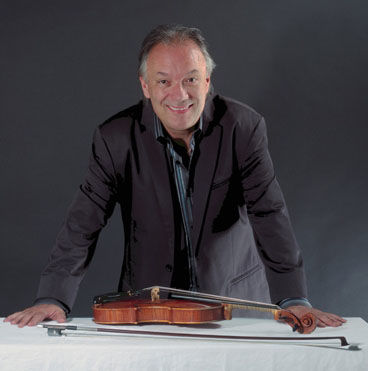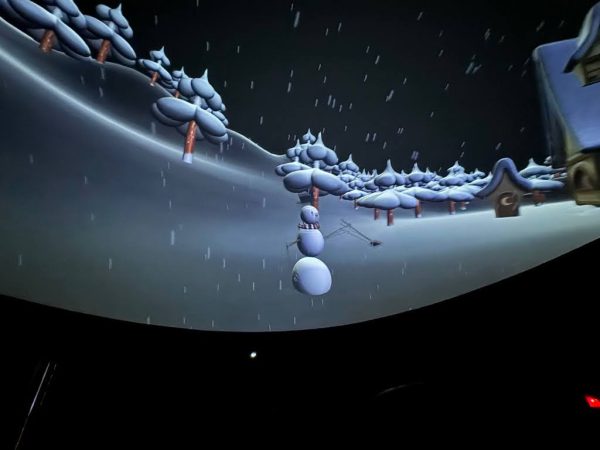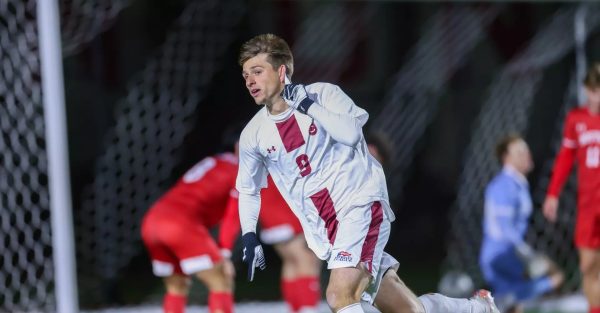Gems of Russian Music Perform in Memorial Chapel

Shem
An intimate group of students and faculty joined pianist Sar-Shalom Strong and violinist Shem Guibbory on the stage of the Chapel to listen to a performance of Russian music on Wednesday, November 13 at 4:30 p.m.
Internationally acclaimed and award-winning musician Guibbory currently plays in the first violin section of the Metropolitan Opera Orchestra and has coached chamber music and taught violin for over 30 years at the Bennington Chamber Music Conference. He has released many well-received recordings and CDs as well as performed all over the world.
Strong teaches music at Hamilton College and is the core pianist for the Society for New Music. He has also released many recordings of his work and has been both a soloist and a collaborative musician for a long time, and has extensive teaching experience.
This concert was put together by Professor of Jewish Studies and Russian and Eurasian Studies Alice Nakhimovsky, with the help of sponsors Ciccone Commons, University Studies, the Center for Freedom and Western Civilization and Russian and Eurasian Studies.
To start off the concert, Guibbory provided the audience with a brief background of the featured Russian composers Shostakovich and Prokofiev. Both lived during difficult periods of time in Russia. Guibbory explained that he was especially interested in how people—specifically composers—responded to periods of oppression. He examines how composers express themselves and what they see around them in their music. Each piece tells a different story. For these two composers, the period of time during and before World War II a period during which they saw many horrors. The stories of the people and events they witnessed are told through their compositions during the time. The “Prokofiev D Major Violin Sonata”, which was the first piece played, reflected the strength it took to survive hardships during the war in Russia. This piece highlights the turbulent, uncertain time when German troops were advancing on Russia, and it was not certain whether Russia would be prepared to fight back or be left vulnerable.
The next set of pieces were just for piano. Strong played two of Prokofiev’s “Visions Fugitives,” numbers one and ten. These two contained shorter parts, but were extremely expressive and were clearly written by a man who had lived through a lot. The audience was swept away with the music.
“Much emotion can be expressed through short gestures,’’ Strong said.
The final piece played by both musicians was from the “The Shostakovich Preludes, Opus 34” combined with preludes by contemporary composer Lera Auerbach. This piece, written and premiered in 1933, is exciting and beautiful. Shostakovich managed to live a creative life in a strict environment where personal expression was not encouraged and share the stories of the people around him that were oppressed through his pieces like this one.
This collaborative work was originally put together by Guibbory and another artist to accompany a choreographed dance performance. This piece has many short sections, each meant to describe a different story of breaking free from oppression and opening up to love and hope. Before beginning to play, Guibbory described these stories to the audience so that as they were listening, they could see how the music was able to tell each story on its own.
“Hearing live music from an expert violinist and pianist in such an intimate seating arrangement was certainly a special opportunity,’’ sophomore Chase Hirt said.
“We got to watch up close and see the passion and thrilling dexterity with which the pianists fingers danced across the keys to the tune of the lively string arrangement. This was my first introduction to Russian music, and it didn’t disappoint!”








